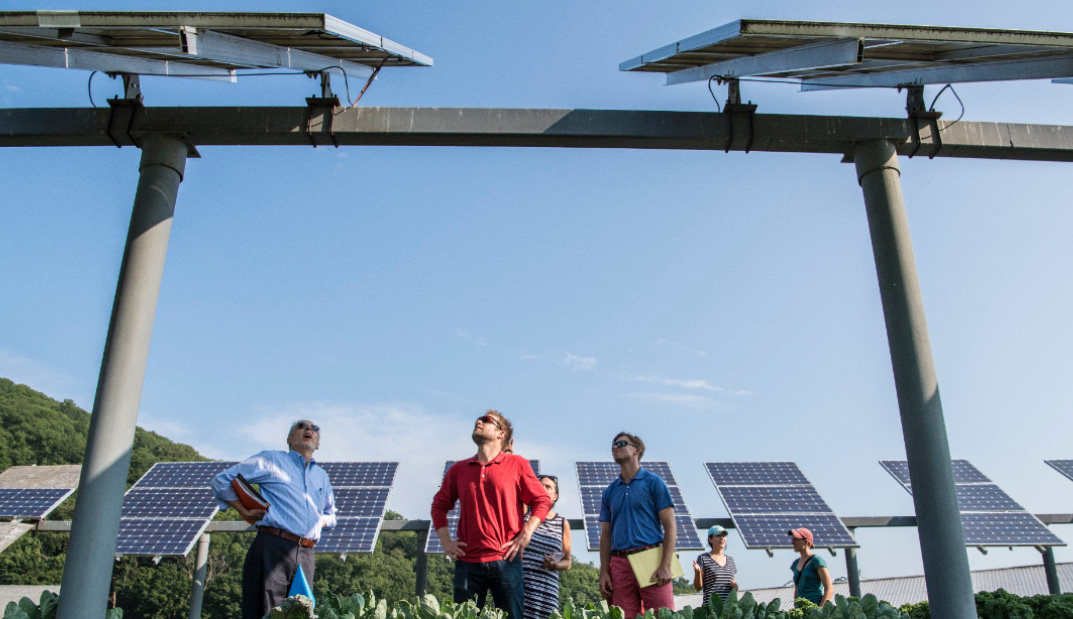I’ve been in and around renewable energy projects for a long time, seeing them through the various stages of development and maintenance. Some projects end up being great. Others, not so much.
Over the years, I’ve noticed a set of common attributes for projects—be it solar, wind, or other renewable energy sectors—that succeed and surpass others. They’re well-supported by the community, undeniably profitable year after year, financially sound, and by all accounts, they’re well operated.
How do you unlock this greatness? How do you take a project from just ‘performing’ to ‘exceeding expectations’? Following are five key attributes of great renewable energy projects that I believe contribute immensely to their success.
1. Sustainable Design
While we trust our engineering friends with the designing specifics, at the highest level, sustainability in design is one of those features that pretty much dictates the success of a renewable energy project.
A great design should be:
Long-term focused: Designing a renewable energy project with longevity in mind is a key factor that should be considered when a massive financial and operational investment is being made.
Engineers, developers, and asset managers must team up and ask difficult questions. For instance, a concentrated solar power setup requires way more planning and financial backup than solar PV.
Therefore, experts need to answer questions regarding its technical maintainability, experience, environmental conditions in the region, power purchase agreements, and the general political or economic stability of the market.
A long-term focus will also help you plan for future revenue sources like adding storage.
Community-supported: A key factor, especially for utility-level projects, is being anchored in the local community. Community-based renewable energy projects respect local requirements, and add value to the lives of those who welcome their ‘larger than life’ neighbors.
They’re pretty much your social license to operate because they aim to strengthen relationships with local stakeholders, leading to sustainable partnerships and results. Embracing local roots can also favor smaller installations and developers who can tap into specific local requirements or quirks for success.
2. Rigorous Documentation
One of the most telling signs of a successful project, in my team’s extensive experience, is proper documentation – and by that I don’t just mean keeping copies of major contracts. The sheer size and scope of renewable energy projects, not to mention the multiple hand-offs from development to operations, generates valuable information about processes, operations and decision making.
All this data should be documented, stored and analyzed rigorously at every stage of the life cycle. Whether you come back to these documents in 2 months or 20 years, systemized project document then becomes a precedent for future, more successful projects to follow.
3. Centralized Information
Let’s say your team had documented and stored information about the last project that was completed by the developer. Now that it’s time to lay the groundwork for a new one, is that information easily accessible? To address questions across a portfolio of similar projects, multiple teams will need centralized access to information to make decisions on location, budgeting, equipment choices, lease & contract structures.
Centralizing this data will help with the often-thorny process of hand-offs and lost-in-translation moments. Renewable energy management platforms like PowerHub facilitate storage of operational, financial and commercial information, even if it is hidden inside a contract dating back to the dinosaur years – literally!
4. Efficient Asset Management
If you follow my discussions on renewable energy, you would know I am all for the efficient and timely management of these projects. I mean, how can we even think of measuring success without the proper tools in place for managing million-dollar assets?
The right asset management platform has the power to set up your project for long term success. It provides timely monitoring, reporting, communication and optimization of processes and indicators that have the most impact in the renewable energy industry.
Let’s face it, it’s hard to measure progress and manage risks and output if your information isn’t centralized. Ultimately, what gets measured is what gets done, right?
5. Robust Financial Structure
When setting up renewable energy projects, the initial investment in capital will make you question even the possibility of a return. This is where strong project management and forecasting skills come in handy. A developer, investor or asset manager should be able to make a case for the financial logic of the renewable energy project at hand.
Similarly, a plan should be in place for the way output will be sold. Will subsidized pricing work best or will the region be able to pay for unsubsidized rates to make risk adjusted returns possible?
These attributes of great renewable energy projects are seen abundantly in California where both, small community-based solar projects and large utility-level, incentivized models are generating impressive ROIs.
The Bottom Line?
Renewable energy projects can be successful and profitable – performance KPIs can vouch for that. Like all other capital-intensive plans, they have a high cost and even higher maintenance.
However, with tried and trusted strategies, these projects can become viable sources of energy for generations to come.




